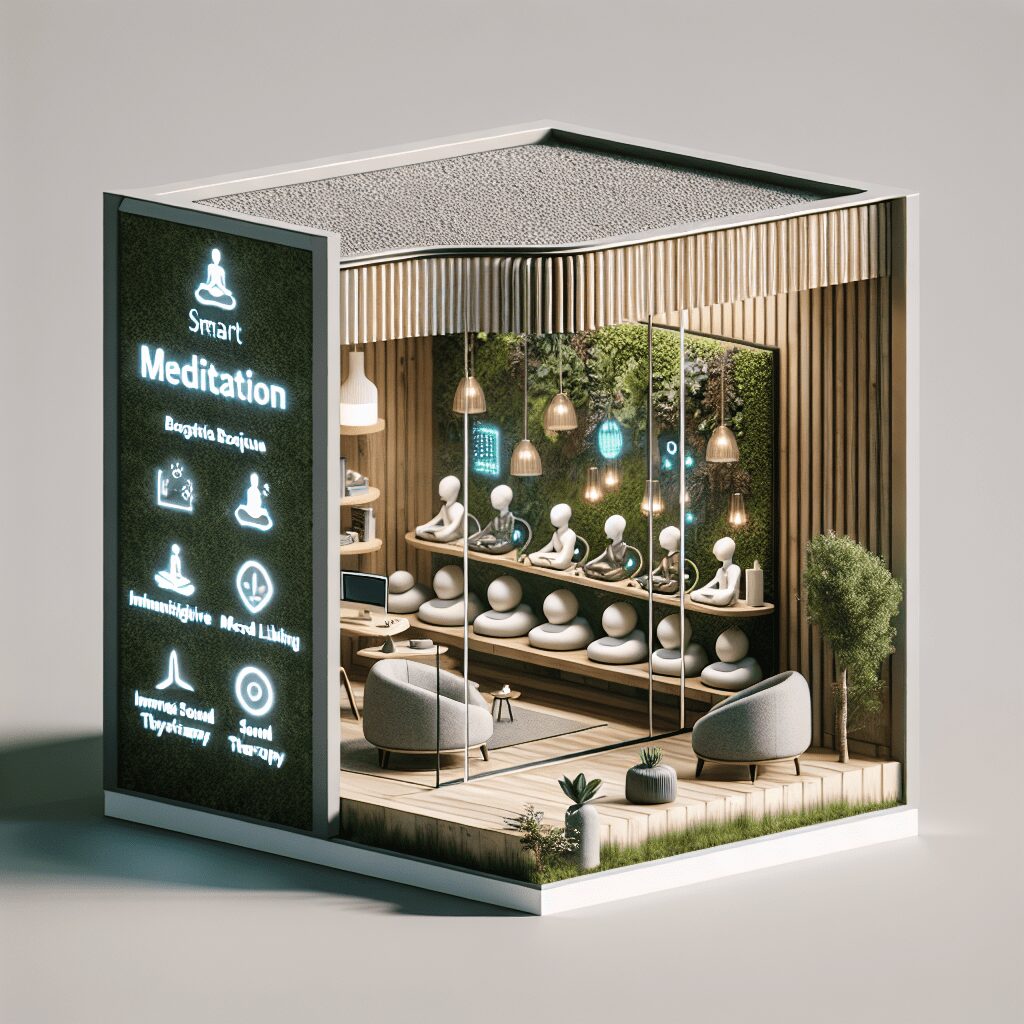
Prioritize your mental well-being daily. Enhance your life by nurturing your mental health with the Smart Meditation app. Break free from stress, alleviate anxiety, and enhance your sleep quality starting today.
Do You Need Absolute Silence To Meditate?
Demystifying the Silence in Meditation
In the hustle and bustle of today’s fast-paced world, finding a moment of peace seems like a treasure hunt without a map. Meditation often pops up as a beacon of tranquility, a practice that can anchor us back to our inner selves. However, there’s a common myth that’s floating around – you need absolute silence to meditate. Well, let’s bust that myth together and explore the real essence of meditation.
The Sound of Silence?
The quest for absolute silence is akin to chasing a mirage in the desert. Let’s face it, finding a spot where you can hear a pin drop is as rare as hen’s teeth. But here’s the kicker – meditation doesn’t demand such stringent conditions. In fact, the idea is not to block out noise, but to find your peace amidst it.
Meditation in the Real World
Imagine you’re sitting in your living room, trying to meditate. Outside, the world refuses to pause – cars honk, birds chirp, and there’s that neighbor who never seems to run out of things to repair loudly. In the heart of this cacophony, can you still find your zen? Absolutely!
Turning Noise into an Ally
Here’s the scoop – instead of wrestling with external sounds, try weaving them into your meditation. The trick lies in mindfulness. Listen to each sound without labeling it as “annoying” or “distracting.” Let them wash over you like waves, noticing them but not getting swept away. It may sound like a tall order, but with practice, you’ll find it’s doable, and remarkably rewarding.
Practical Tips for Meditating Amidst Noise
To get you started on this unconventional journey, here are a few pointers that can turn even a noisy surrounding into a meditation retreat:
- Set Your Intentions Clearly: Before you dive in, tell yourself that the goal is to remain grounded, irrespective of the external environment.
- Use Earplugs, If Necessary: Now, now, before you raise your eyebrows, hear us out. Earplugs don’t block out noise completely. Instead, they soften the sharp edges of sounds, making them less jarring.
- Guided Meditations and Background Music: For beginners, guided meditations or soft background music can serve as a gentle buffer against the harshness of sudden noises.
- The Breath as an Anchor: Whenever you feel your attention drifting because of a sound, gently bring it back to your breath. It’s your ever-reliable anchor.
- Embrace Imperfection: Accept that some days will be more challenging than others. The key is consistency, not perfection.
The Takeaway
So, do you really need absolute silence to meditate? Not by a long shot. Meditation isn’t about creating an artificial bubble of silence. It’s about finding your inner silence, despite the symphony (or cacophony, depending on how you see it) playing around you. It’s about learning to coexist with both the silence and the noise.
In essence, meditation teaches us resilience and adaptability – qualities that are invaluable in our daily lives. So, next time you’re deterred from meditating because of a noisy environment, remember, it’s not about the silence outside, but the calm within. Why not give it a shot? You might just discover a profound peace in the heart of chaos.





